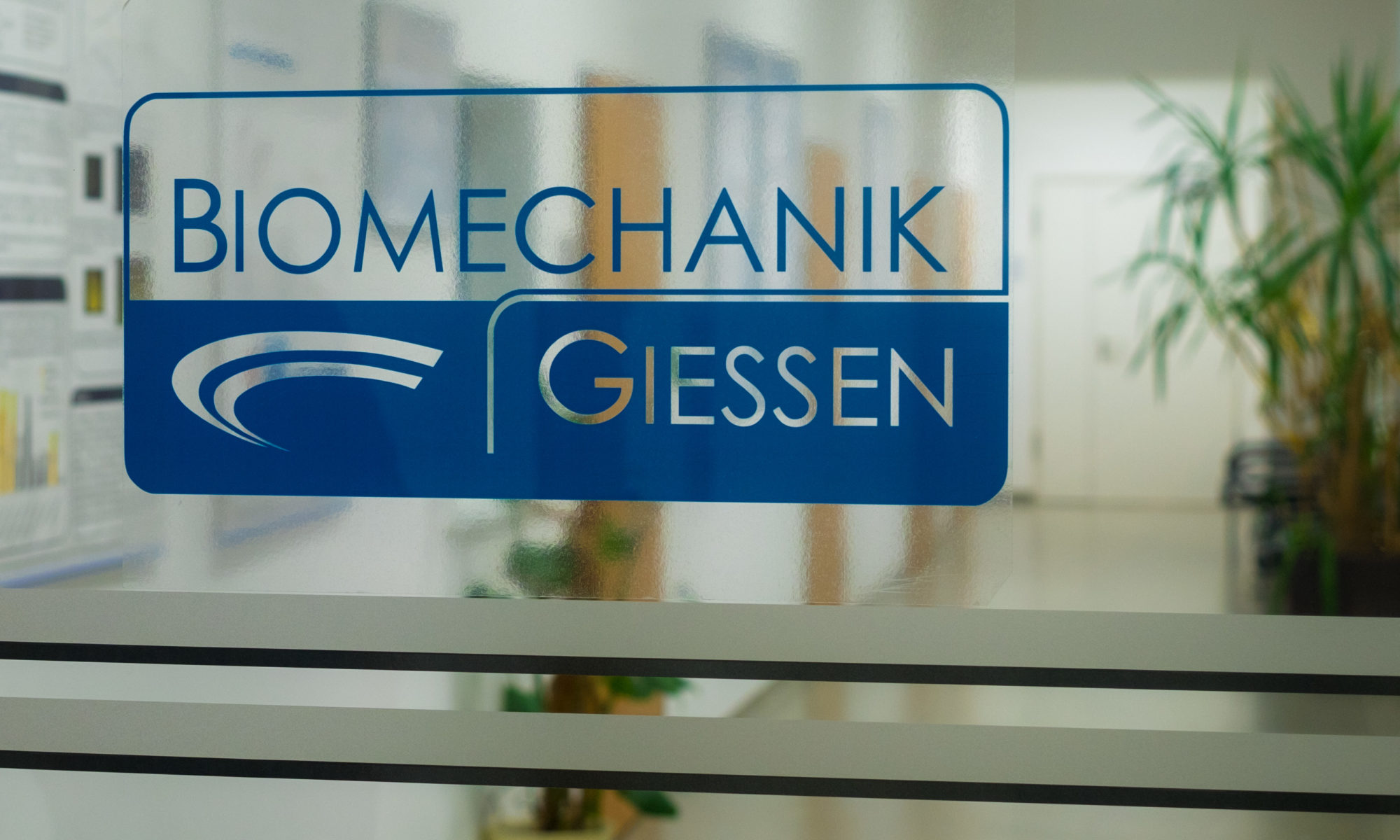2014
Changes of periprosthetic bone density after a cementless short hip stem: a clinical and radiological analysis.
Jahnke A 1, Engl S, Altmeyer C, Jakubowitz E, Seeger JB, Rickert M, Ishaque BA.
Int Orthop. 2014 Oct;38(10):2045-50. doi: 10.1007/s00264-014-2370-6 .
Epub 2014 Jun 11. PMID: 2502797 5
- Laboratory of Biomechanics, Justus-Liebig-University Giessen, Paul-Meimberg-Strasse 3, 35392, Giessen, Germany.
PURPOSE:
The purpose of this study was to examine the concept of proximal load initiation of a total short-stemmed hip arthroplasty (Metha BBraun, Aesculap, Tuttlingen, Germany) on the basis of bone variations by means of osteodensitometric dual energy X-ray absorptiometry and radiologic measurements.
METHODS:
After power analysis 40 patients were included in this study. DXA examination, radiological and clinical follow-up was performed pre-operatively and postoperatively. Socio-demographic relevancies of bone progression and radiological changes were raised epidemiologically and clinically.
RESULTS:
Improvement of the Harris hip score from 54.7 points preoperative to 96.7 points postoperative was detected (p < 0.01). Loss of summarized overall net average bone mass density (netavg BMD) could only be manifested after six months compared to the netavg BMD of the postoperative measurement (p < 0.01). After six and 12 months BMD atrophy was shown mainly in regions of interest (ROI) 1, 4 and 7. Positive correlations between changes of BMD and age, male sex and BMI were detectable. No stem had to be revised.
CONCLUSIONS:
The Metha implant shows excellent osseointegration at the coated area of the stem without factors of aseptic loosening in the short term. This study shows that parameters like age, sex and BMI influence BMD progression and stress shielding. Metha implant shows excellent results especially in young patients with good bone stock.
PMID: 25027975
DOI: 10.1007/s00264-014-2370-6
